This thing about clouds is, they refuse to stay still. Initially commissioned by NEoN Digital Arts Festival as a web-based project, The Gathering Cloud quickly spawned zine and live performance iterations. It won the New Media Writing Prize 2016 and was an Editor’s Pick in the Saboteur Awards 2017. The Gathering Cloud has now been published as a print book by Uniformbooks.
This new book collates my research into the history and language of meteorology with current thinking about data storage and climate change. Archival material from the Met Office Archive and Library in Exeter has been studied and sifted, along with classical, medieval, and Victorian sources, including, in particular, Luke Howard’s classic essay On the Modifications of Clouds, first published in 1803. This research material is presented as a sequence of texts and images, acting both as a primer to the ideas behind the project and as a document of its movement between formats, from the data centre to the illuminated screen, from the live performance to the printed page.
In his foreword, media theorist Jussi Parikka, author of A Geology of Media, describes the multi-modality of The Gathering Cloud project as “a series of material transformations made visible through a media history executed as digital collage and print publication, hendecasyllabic verse, and critical essay”.
In her afterword, poet Lisa Robertson, author of The Weather, describes this iterative compositional process in quite another way: “…whatever gathers things together whatever gathers people together and thinking together given the great long whooshing passage of time wind economies technologies believes and whatever gathers a sentence together and whatever a poem is both physical and mysterious and so we wish to read…”
Many thanks to Jussi and Lisa, to Uniformbooks editor Colin Sackett, to NEoN curators Sarah Cook and Donna Holford-Lovell, to Chris Meade and Jim Pope at the New Media Writing Prize, and to Claire Trévien at Sabotage Reviews.
For more information and to purchase The Gathering Cloud book, visit Uniformbooks.
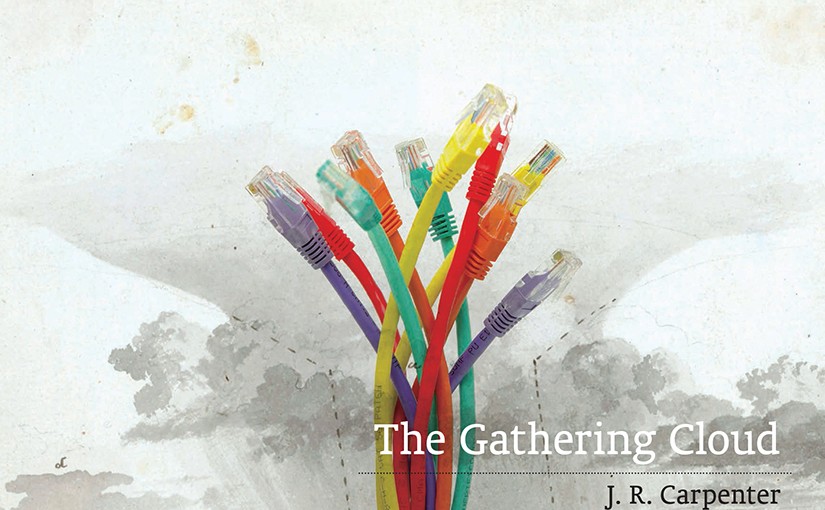
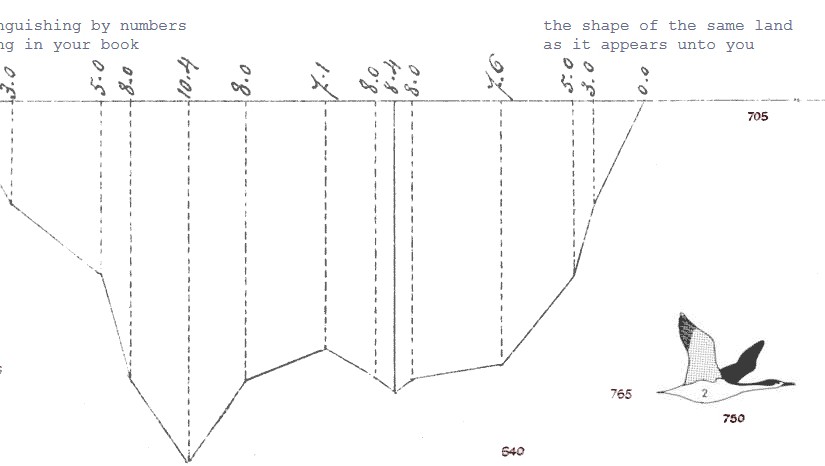
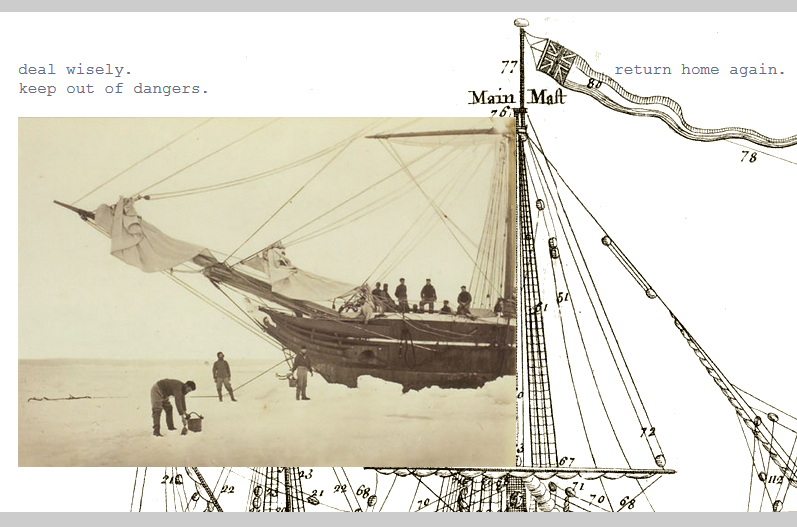
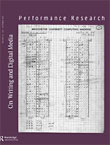 The latest issue of Performance Research Journal,
The latest issue of Performance Research Journal, 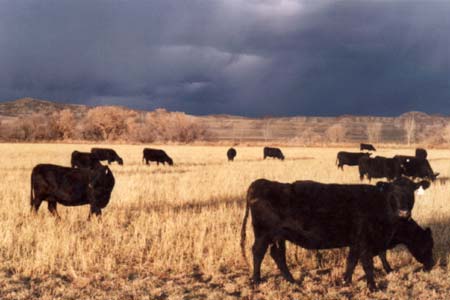
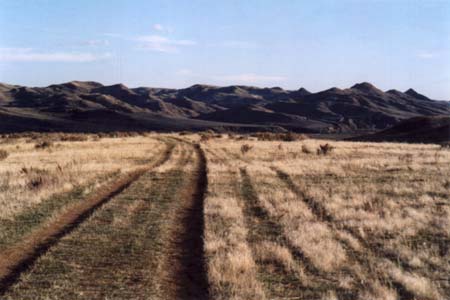
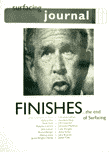 My essay, Con-Textilizing Critical Language, appears in the winter 2006 issue of
My essay, Con-Textilizing Critical Language, appears in the winter 2006 issue of